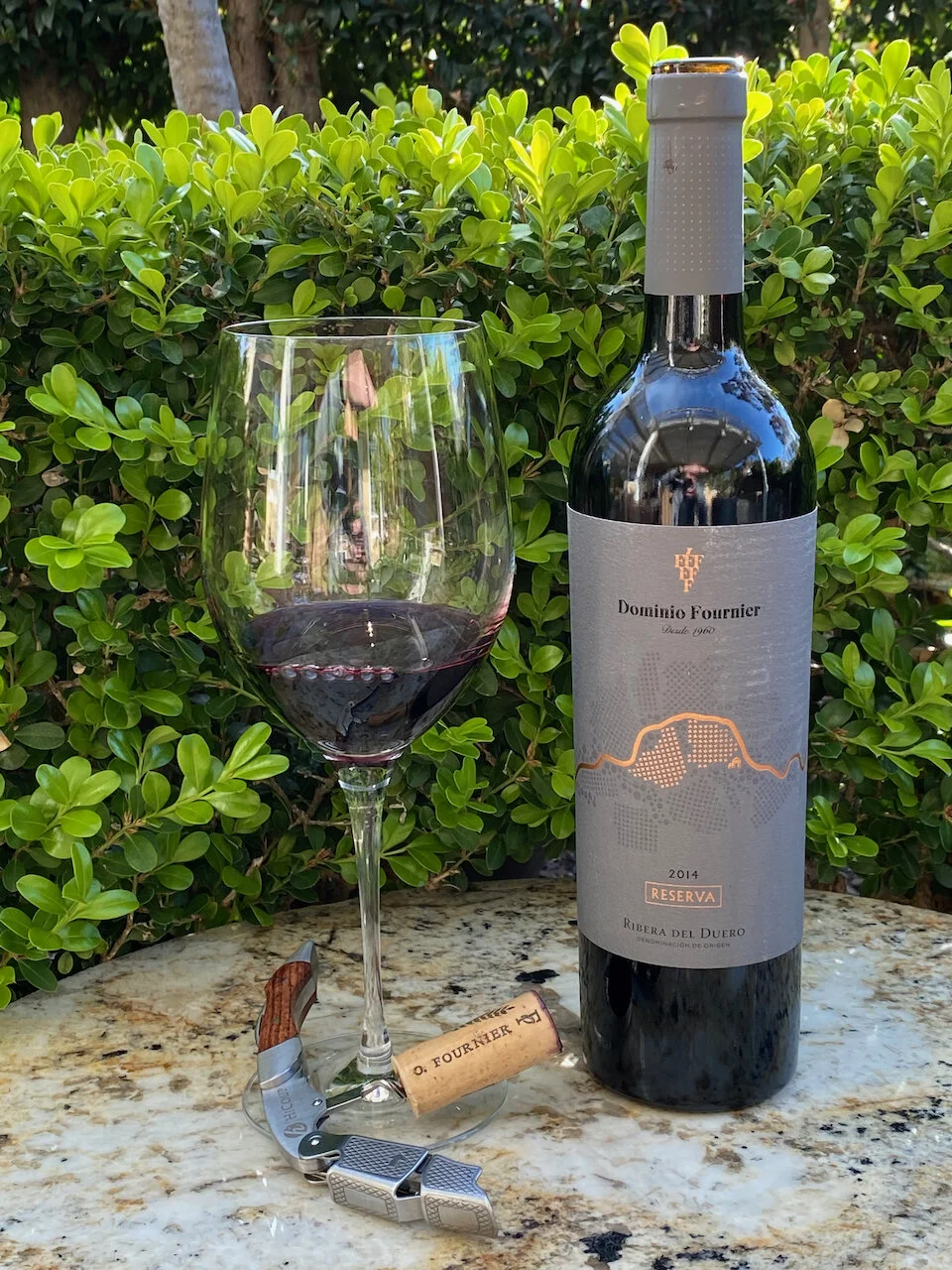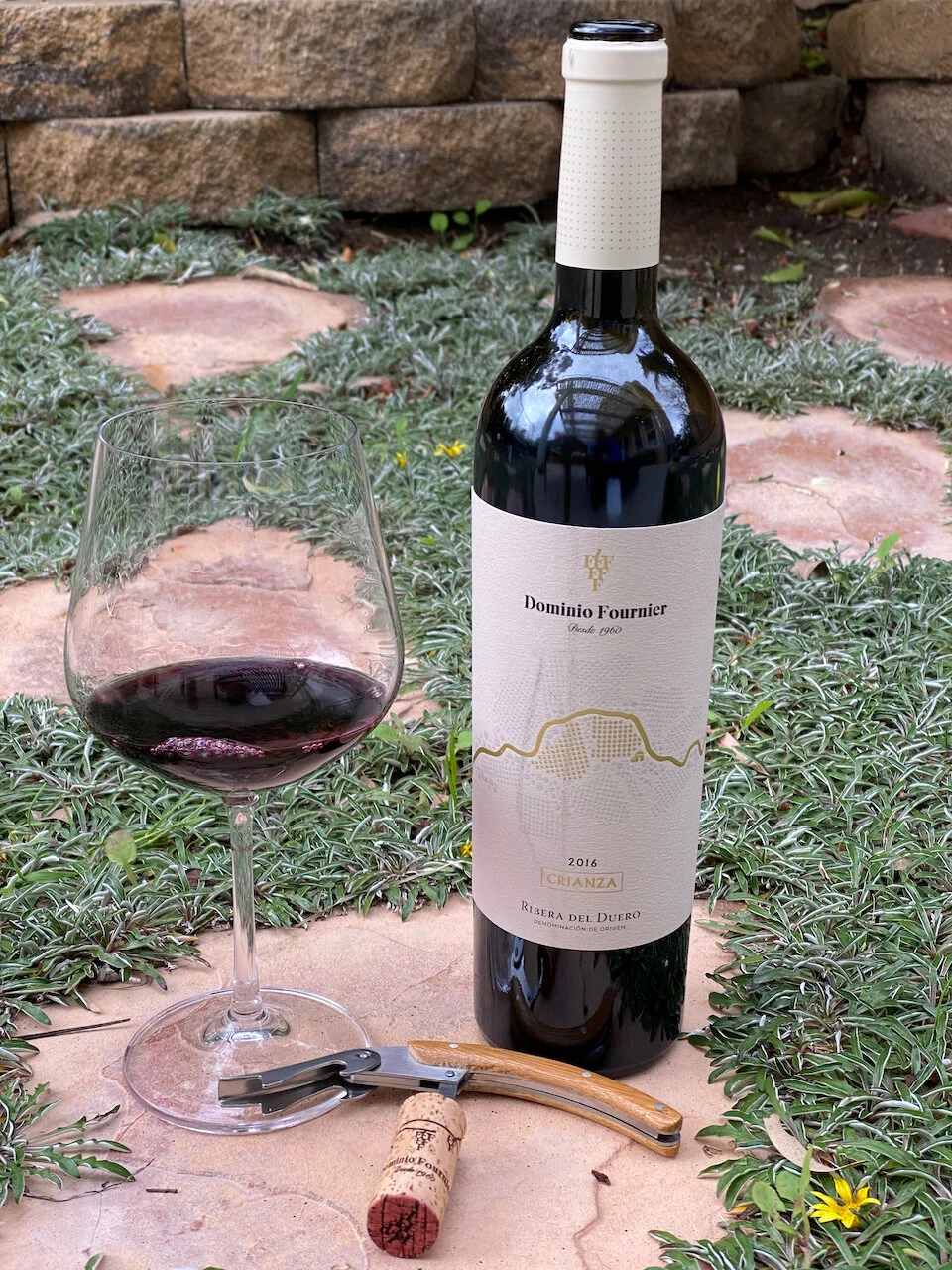2015 Derange ($100)
I was familiar with The Prisoner Wine Company and the amazing works of Dave Phinney but had not heard of the Derange Red Blend. And, maybe that was a good thing. Because when I opened this bottle I had no idea what I was getting into. And, wow, was I in for something very special!
But then I realized that Dave Phinney is no longer involved with the Prisoner that made him famous. The Prisoner is now the property of beverage giant Constellation Brands. Nonetheless, this is an amazing wine.
This Derange Red Blend is composed of Cabernet Sauvignon, Petite Sirah, Merlot, Syrah and Zinfandel (proportions are not listed in their on-line tasting notes).
The fruit was pumped over twice per day to extract maximum color with balanced tannins. After 15–25 days on skins, the grapes were pressed off, keeping any hard press separate. The new wines were barreled down into French oak (50% new) where they went through 100% Malolactic conversion and then were aged for 18 months.
This red blend is chock full of black cherry, clove spice, blackberry cobbler, and vanilla toast. The mouthfeel is full-bodied but the ultra-soft tannins and balanced acidity are simply an amazingly delicious combination!
This truly a great one! Cheers!




